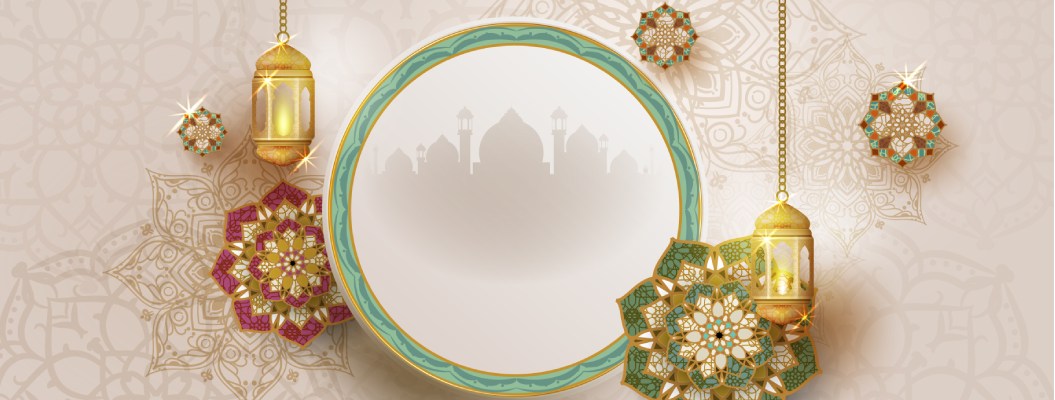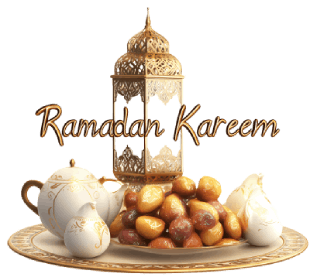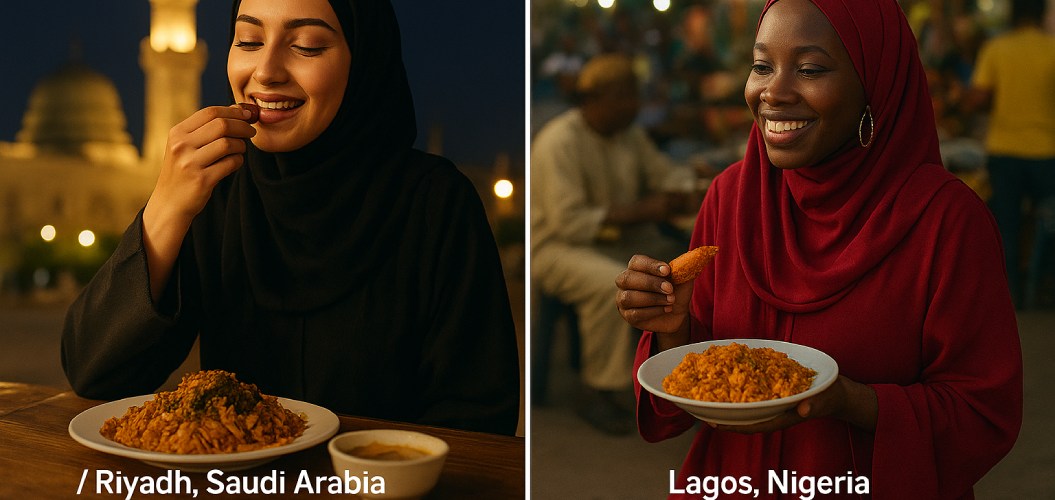
For Muslims all across the world, Ramadan sets for fasting, reflection, and spiritual growth. Yet, how it is observed can be anywhere along the broad spectrum from country to culture and local community traditions. From the bright streets of Cairo to the tranquil nights in Kuala Lumpur, this holy month casts an interesting glow on the diversity of the Muslim experience.
Let’s take a journey through some of the unique Ramadan practices around the world.
What Is Ramadan?
Ramadan is the ninth month according to the Islamic lunar calendar and is deemed by Muslims as a month of fasting, prayers, reflection, and sharing. The fasting during Ramadan, referred to by the Muslims as sawm, involves abstinence from food and water or drink as well as other physical needs from dawn to sunset.
Its purpose is to help a person with self-discipline, to foster empathy in the heart of a person for the less fortunate, and to enhance personal growth. The fasting period is followed by this great annual celebration called Iftar, when the fast is broken usually along with family and friends. The early meal that is taken fast before dawn is called Suhoor. Beyond the physical fast, the month of Ramadan should be a time during which Muslims try to forge a stronger connection to God through prayer, charity, and good deeds.
Ramadan in the Middle East: Cairo, Egypt
The celebration of Ramadan is intense in Egypt-a mix of religion and potpourri street culture. The capital especially comes alive on account of the holy month. The streets get lit up, decorated, and markets remain busy. Families often enjoy iftar with dates, soup, and mahshi, followed by various sweets like kunafa and qatayef.
Speaking of fun and pleasures, Egypt has established itself as a land where special Ramadan TV dramas run in the evenings after iftar. These dramas, addressing social issues, have woven into the fabric of celebrations for many Egyptians. The echo of the adhan creates a united atmosphere for worship and reverence.
South Asian Ramadans: Karachi, Pakistan

Ramadan in Pakistan is one of those phenomena where Pakistan is a very communal one. Karachi, a city of millions, experiences a flurry of activity during the holy month. The skies proclaiming the call to prayer mark the beginning of the fast as the bazaars open their gates early to one and all who are on their search of fresh suhoor.
Iftar parties in Pakistan are famous for a reason. There are huge feasts held at homes and mosques where families and friends come together to break their fast and enjoy together. The food offers an array of classics: samosas, pakoras (fried snacks), and different kinds of fruit chaat. After a long and tiring day of fasting, a tall glass of rooh afza – an azingly dependent sweet and cooling drink – is just what anyone would ask for.
Ramadan in Pakistan is also synonymous with charity. Donations are made by people for those who are less fortunate, and the mosques fill up in the evening with worshippers performing additional prayers and Qur’an recitations deep into the nights during this blessed month.
Ramadan in Southeast Asia: Kuala Lumpur, Malaysia
Being a fusion of Malay, Chinese, and Indian cultures, Ramadan in Malaysia has its own color. Bazar Ramadan, the central marketplace in Kuala Lumpur, is filled with food vendors selling all kinds of local delicacies, especially those famous for iftar. Just a few favorites include nasi lemak (coconut rice with sambal), roti john (a sandwich-like dish), and cendol (a dessert with ice, coconut milk, and green jelly).
Another very Malaysian touch to the month of Ramadan is the tazkirah (Islamic lectures) held in mosques in many places, usually before iftar, for spiritual reflection and teachings for the fasting souls. Families and communities unite by the mosque for community prayers, thereby reinforcing togetherness.
The month-long stay of devotion culminates in much rejoicing held in serenity at night prayers on the eve of Eid al-Fitr; terawih prayers take place in mosques especially after the night isha prayers.
Ramadan in the Western World: London, United Kingdom
Ramadan in the UK is often molded by the inherent heterogeneity of its Muslim population whose perspective of customs is as diverse as their cultural background. Muslims coming from all parts of the world uniting to celebrate in London. The mosques and Islamic centers in the city also host iftar dinners; meals are also often distributed freely to persons who need them. This spirit of giving should characterize the whole month.
Muslims in the UK view the many hours of fasting in some parts of the country as a challenge. For some areas in the UK, this means up to 18 hours. Thus, there are typically high-protein foods in suhoor to sustain energy throughout the day. Post-iftar time in London is often filled with people heading toward the mosques for taraweeh prayers.
In the UK, alongside spiritual observation, this is also the time when the Muslim community further enhances its sense of identity and unity through events like Eid fairs scattered across the metropolis; these occasions provide an opportunity for families to meet and enjoy good food, music, and shopping, thus ending the fasting on a merry note.
Ramadan in Africa: Marrakech, Morocco
Ramadan in Morocco carries a peaceful feeling and spiritual atmosphere, with great focus on family and community. Marrakech stays quiet during the day as most local maids and labourers fast. However, nightlife comes into being with iftar celebrations held in private homes or cafés on the evening side of the town. Harira soup with dates is one of the must-have features of iftar, giving people the energy to regain after a whole day of fasting.
One of Morocco’s specialty things during Ramadan is the ftour gatherings-the long extended families and neighbors sit together for an old-time meal. The Moroccan sweets served include baklava and seffa (sweetened couscous).
The atmosphere in Marrakech during Ramadan is calm and introspective, fostering a feeling of spiritual renewal. The month, for most Moroccans, is for prayer, Qur’an reading, and good deeds. The Mosque’s call for prayer reverberates all across town to set the tone for a month of reflection and worship.

Ramadan in the Arab Peninsula: Riyadh, Saudi Arabia
Ramadan is highly respected in Saudi Arabia, especially in Riyadh. Since Islam has its roots there, special respect is accorded to this month throughout the kingdom. Usually, fasting begins with a meal called suhoor which is taken before dawn, and the time for breaking the fast (iftar) is an occasion for a grand meal with traditional dishes like kabsa (rice mixed with oriental spices and lamb or chicken), various soups, and dates.
Riyadh’s atmosphere is serene though lively during Ramadan,for many join taraweeh prayers after isha prayer. Family gatherings take an important place here, especially big families convening for iftar, sharing food with spiritual contemplation and prayers. Riyadh’s streets are quieter during the daytime, but the moment adhan resounds, and communities start sharing meals, life sounds joyous.
Ramadan in Sub-Saharan Africa: Lagos, Nigeria
Ramadan in Lagos is a blend of Islamic rites and local customs. The city, accommodating a large Muslim population, throbs with activity throughout Ramadan, especially at the end and the beginning of fast. In Lagos, folks enjoy traditional Nigerian dishes for iftar, including jollof rice, pounded yam, and egusi soup, with an accompaniment of fresh fruit juices and tea.
Inextricably tied to the prospect of community and sharing, iftar occasions are moments when Muslims invite their neighbors and friends, strengthening the utility of unity in their neighborhood. A variety of snack and beverage vendors line up in the streets for those who have fasted all day, making the candid time in Ramadan an exhilarating one.
Ramadan in Central Asia: Bishkek, Kyrgyzstan
In Bishkek, Kyrgyzstan, Ramadan is a serene and reflective time that combines Islamic traditions with the peaceful lifestyle of Central Asia. The pace of life slows down during the day as the majority of people observe the fast, but the evenings are filled with warmth and communal spirit. The city’s mosques play a central role, hosting special prayers and gatherings. Locals often break their fast with traditional dishes like lagman (noodles with beef and vegetables) or shashlik (grilled skewers of meat), accompanied by refreshing drinks like kymyz (fermented mare’s milk).
How Ramadan Brings Us Together
Ramadan is a marketing term for spiritually rejuvenating moments and events for the Muslim world. The cultural packaging on either side of the supermarket aisle never quite fits the exact same address-the element and center of fasting, pausing, and sharing remain intact. The markets of Cairo are one avenue; communal iftar sessions of Karachi are another avenue; deepened reflections of Kuala Lumpur mosques provide a third platform. Thus, Ramadan binds various cultures in their commitment to devotion, charity, and family.

